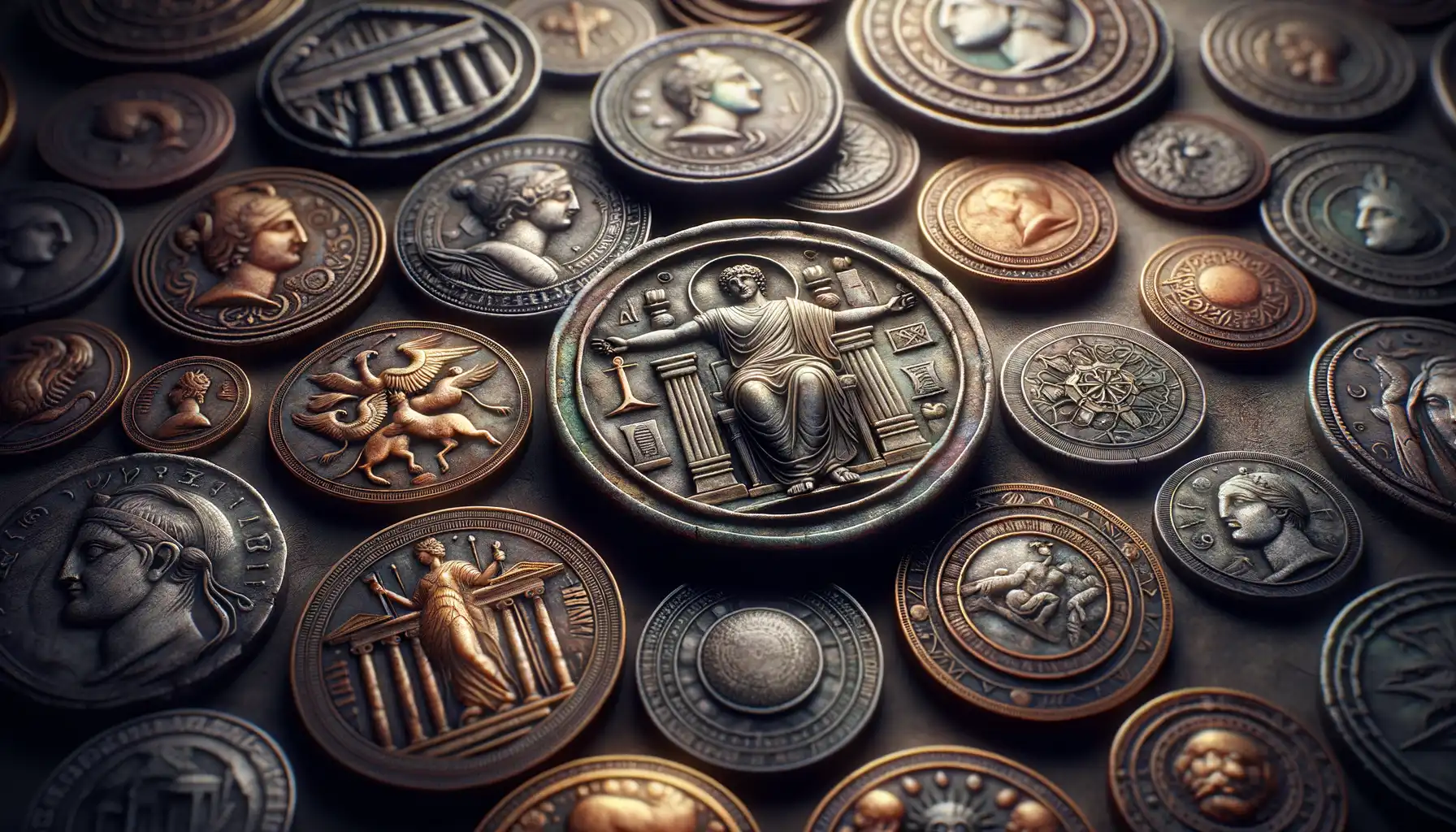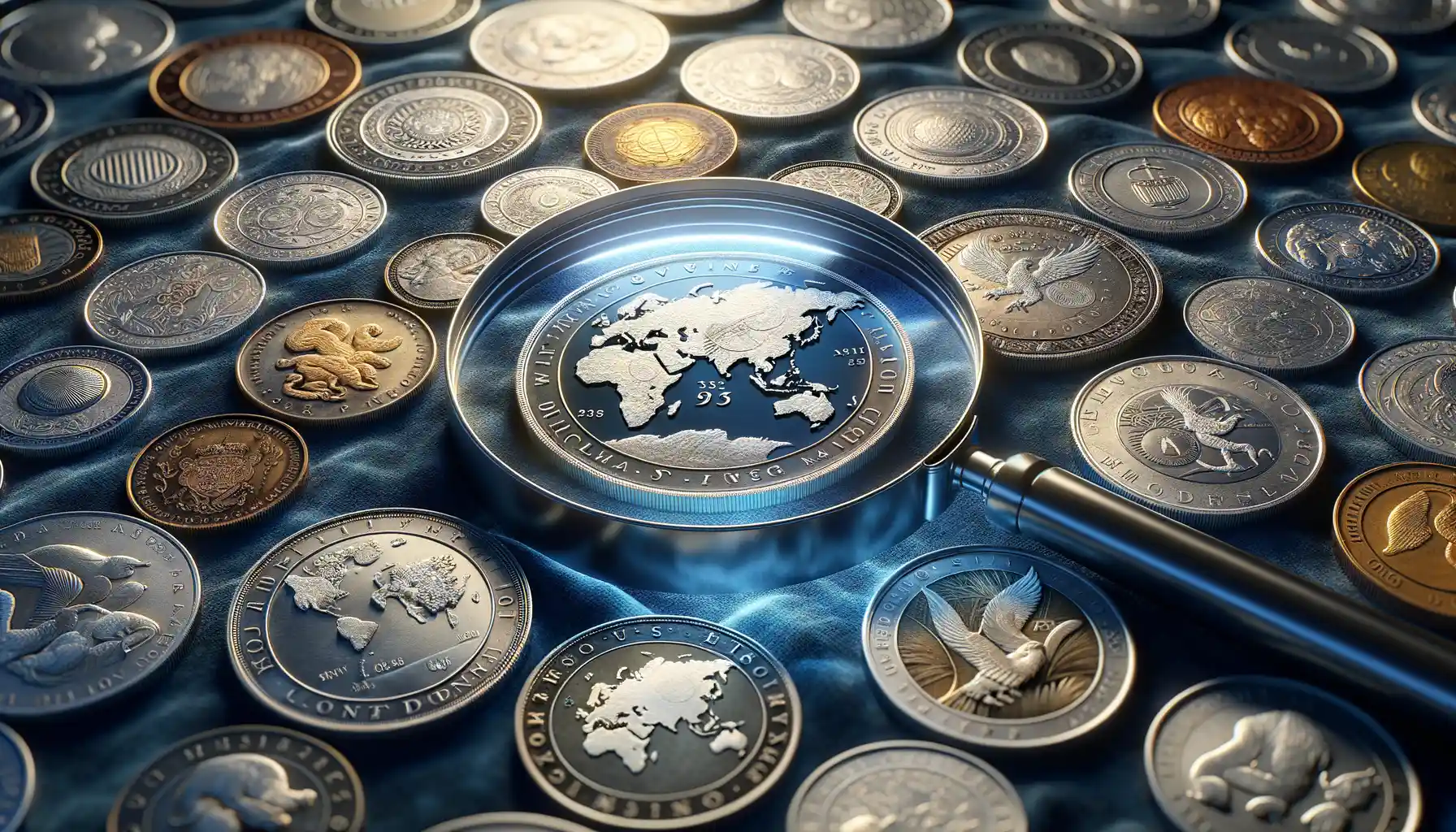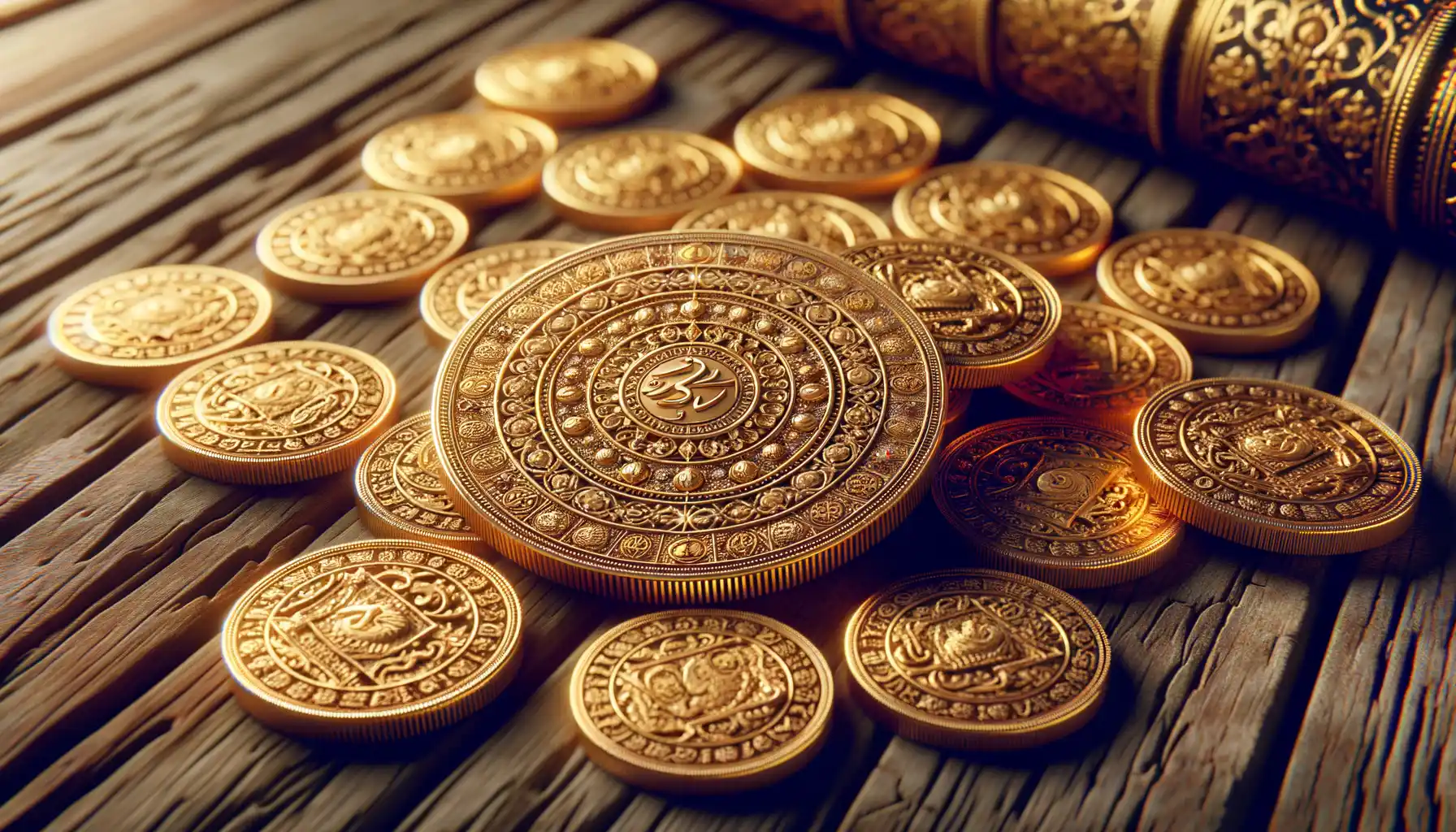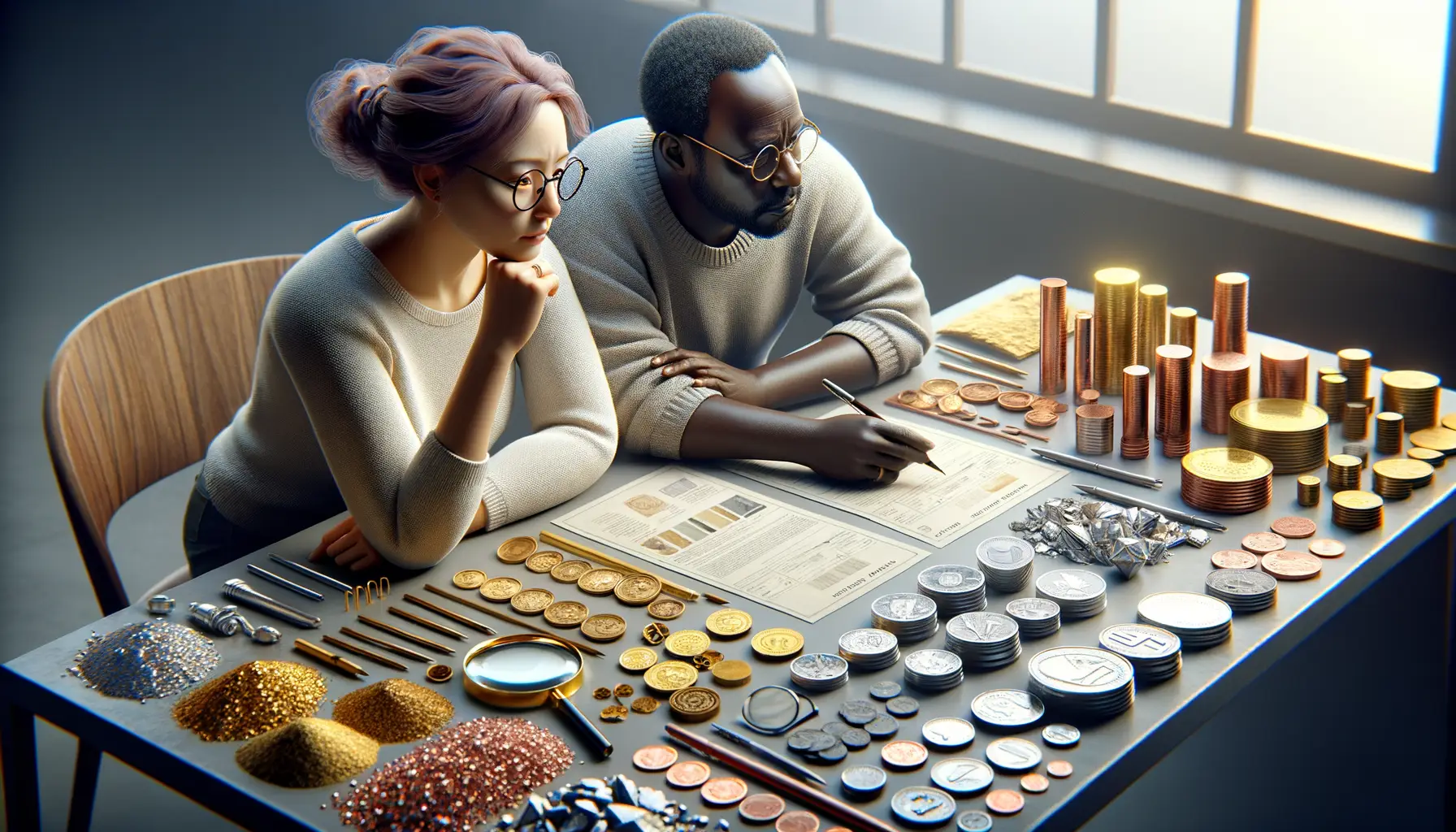Introduction to Coin Collecting and Its Cultural Significance
Why Coin Collecting is More Than Just a Hobby
Picture this: a tiny, weathered coin resting in your hand. It might have once jingled in the pockets of an emperor, passed through bustling bazaar stalls, or even crossed continents in times of war. Collecting coins isn’t just about amassing shiny metal discs; it’s about unlocking stories frozen in time. Each one whispers tales of a world long gone, yet still so vividly alive.
What truly sets coin collecting apart is its unique blend of art, history, and personal storytelling. Coins mirror the values and achievements of civilizations. They bear images of legendary leaders, commemorate pivotal events, and even reflect economic upheavals. A collector might start with spare change tucked in a drawer but soon finds themselves holding a 19th-century Confederate dime or a Roman sestertius engraved with ancient Latin inscriptions.
- Greek drachmas showcasing mythological gods
- WWII emergency currency, revealing resilience during crisis
- Modern commemorative coins designed to honor fallen heroes
Through these artifacts, collectors not only preserve history—they relive it. It’s like carrying a piece of heritage in your pocket, ready to share its legacy with anyone willing to listen. Coin collecting, then, becomes a bridge between cultures, centuries, and human experiences.
The Impact of Historical and Political Events on Coin Collecting
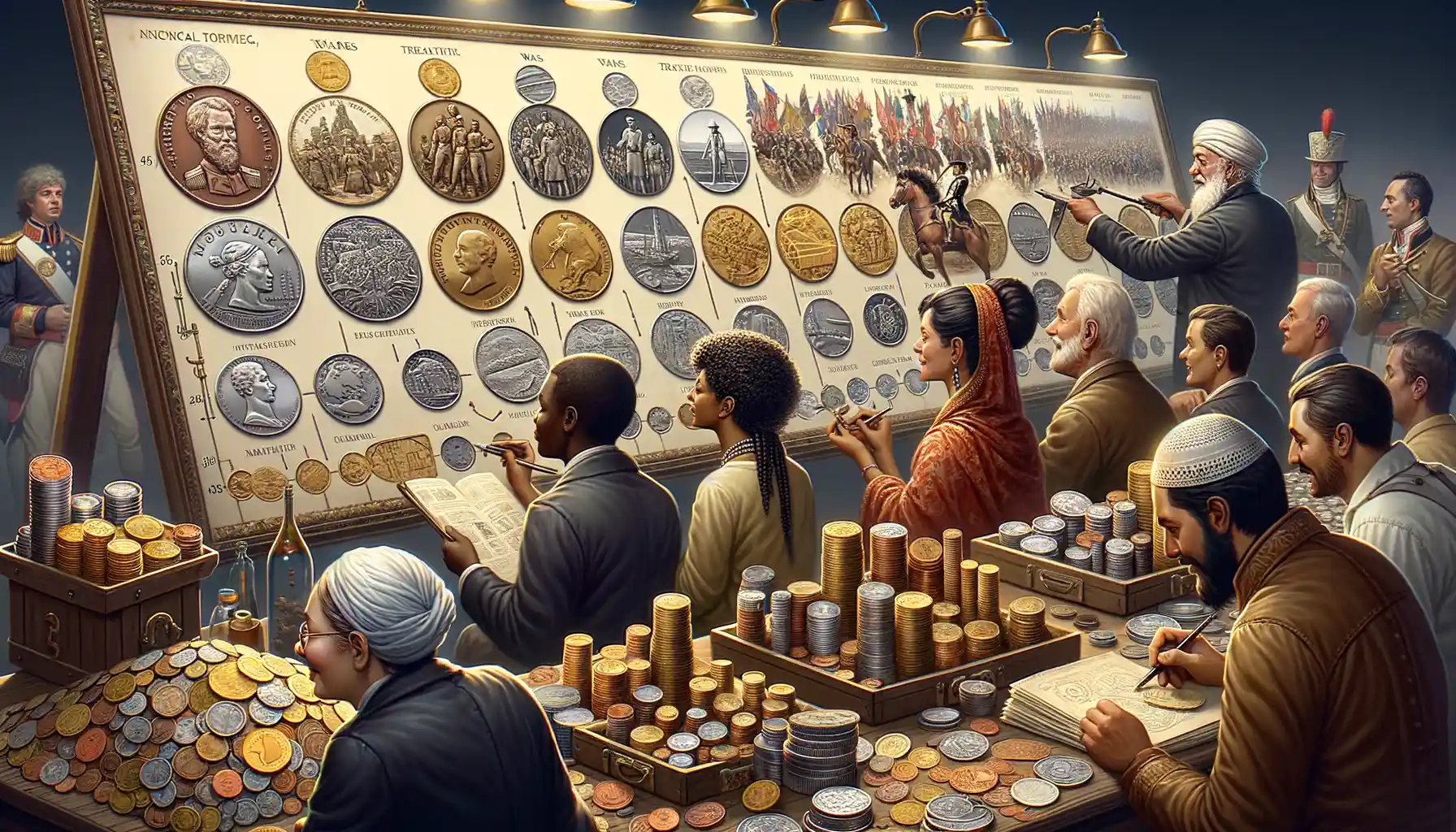
The Stories Coins Tell Through Turbulent Times
Imagine holding a coin that once passed through the hands of a soldier during World War II or one minted in the collapsing echoes of an empire. The allure of coin collecting is deeply tied to moments of upheaval and triumph. Historical and political events leave unmistakable fingerprints on the coins they create, transforming them into miniature time capsules.
When regimes collapse or borders shift, currency often reflects those changes. Think of the striking East and West German coins before reunification, or the Soviet rubles that vanished as the Iron Curtain fell. These artifacts represent more than just monetary value – they whisper stories of rebellion, resilience, and renewal.
During wartime, coins can become scarce as metals are diverted for weaponry. Take World War II-era U.S. “steel pennies,” minted due to copper shortages. Another example? The intricate designs on ancient Roman coins, glorifying emperors or victories, often created to sway public loyalty.
- Commemorative coins: Countries mint these to honor events like coronations, revolutions, or milestones.
- Propaganda on currency: Leaders have used coins to cement their legacy, like Napoleon’s bold portraits.
In every pocket-sized artifact lies a piece of history that shaped the world we live in today.
Economic Factors Shaping Coin Collecting Trends During Global Events
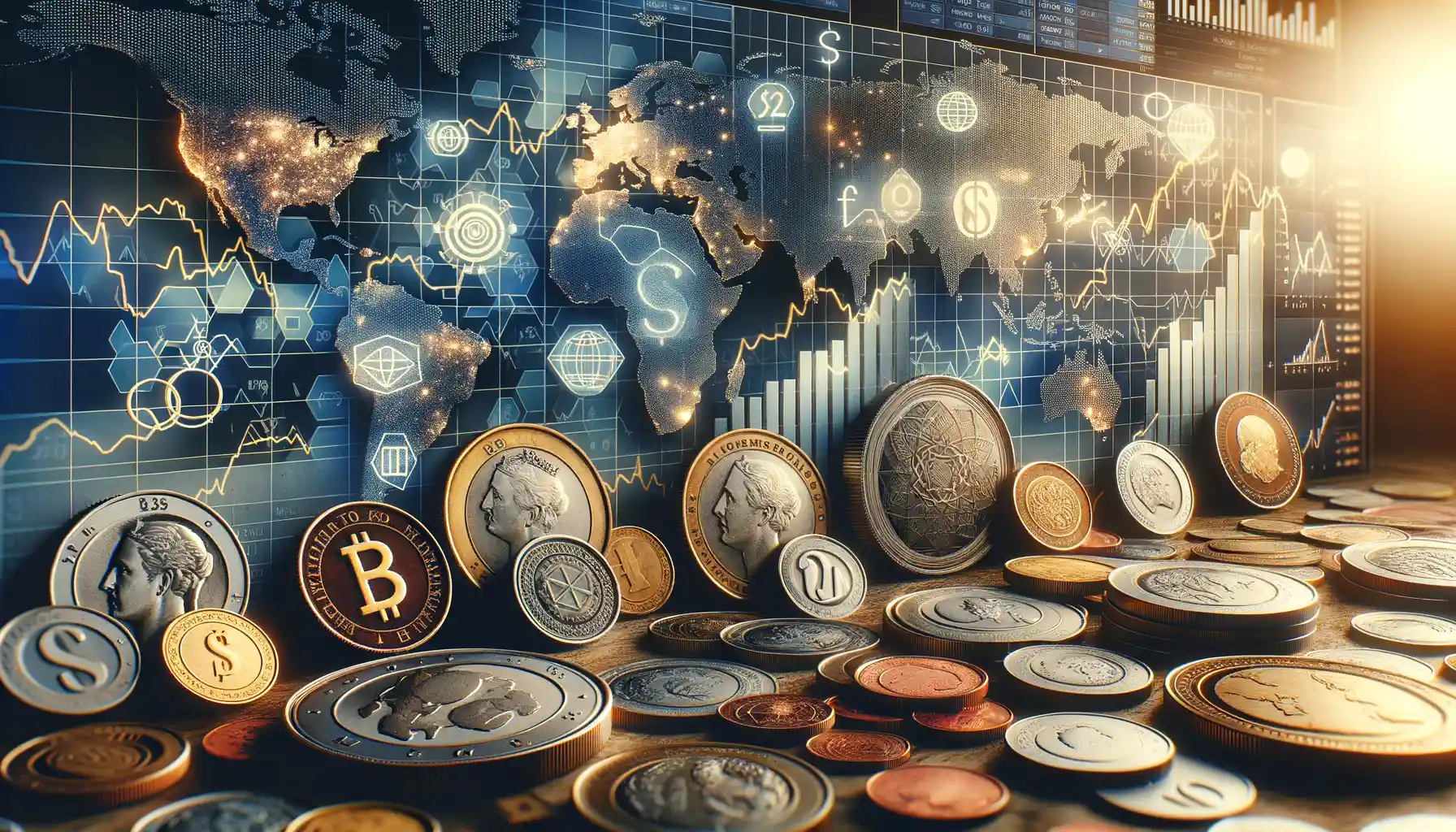
How Economic Turbulence Shapes Coin Collecting Passion
Global events leave undeniable fingerprints on the economy—and coin collecting is no exception. When markets shake, currencies wobble, and inflation lurks in the shadows, collectors often shift their strategies like chess players eyeing their next move. But why? Let me paint you a picture.
Take the 2008 financial crisis. As the banking world teetered, many turned to tangible assets like gold coins for a sense of security. Suddenly, once-overlooked coins bearing high metal content became stars of the economic stage. During such storms, rare coins with historical significance often rise in value too—because let’s face it, scarcity feels like solid ground amidst financial chaos.
Now, what about the flipside—economic booms? Picture middle-class families suddenly finding extra cash to spend, sparking an uptick in demand for commemorative coins or series that feel both luxurious and attainable. It’s as if economic optimism ignites a hunger for beauty and legacy.
- Precious-metal coins: A go-to during inflationary times.
- Limited-edition collectibles: Popular when disposable income flows freely.
Every coin tells a story. Its value, however, ebbs and flows with the unpredictable twists of global economies. Isn’t it fascinating how something so small reflects the larger world around us?
Technological Advancement and Its Role in Modern Coin Trading
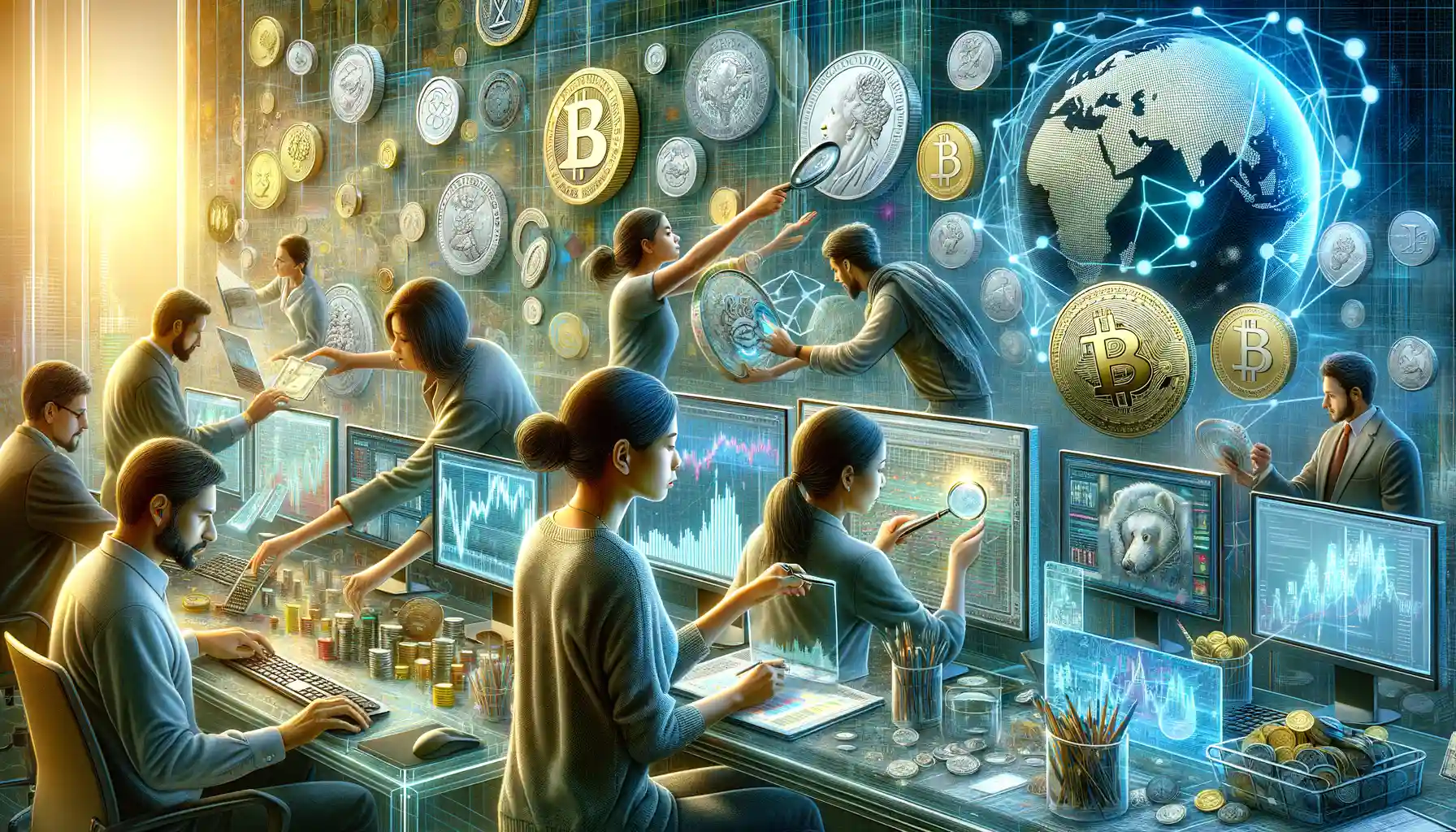
How Technology is Reshaping the Coin Trading Landscape
Picture this: it’s late at night, and you’re scrolling through an online auction platform, heart pounding as a rare 1933 Saint-Gaudens Double Eagle coin is up for bidding. Just like that, you’re connected to collectors around the globe, thanks to the marvels of modern technology. Gone are the days when coin trading meant attending local fairs or relying on word-of-mouth networks. Today, we’re living in a golden age where tech has smashed barriers with the force of a hammer striking a mint die.
Take online marketplaces like eBay or specialized platforms such as Heritage Auctions or PCGS. They’ve revolutionized access, enabling even amateur enthusiasts to discover treasures from private collections thousands of miles away. And let’s not forget advanced tools like grading apps and digital microscopes, which turn your smartphone into a forensic expert capable of spotting micro-abrasions and authenticating coins with precision.
- Blockchain technology: Ensures transparent transactions and provenance tracking for high-value trades.
- AI-driven search algorithms: Help collectors find specific coins with uncanny speed.
- Virtual reality tours: Explore museums and exhibitions from your couch—no suitcase required!
Tech doesn’t just level the playing field; it redefines it, opening doors for new generations of coin enthusiasts.
Future Predictions and Evolving Trends in Coin Collecting
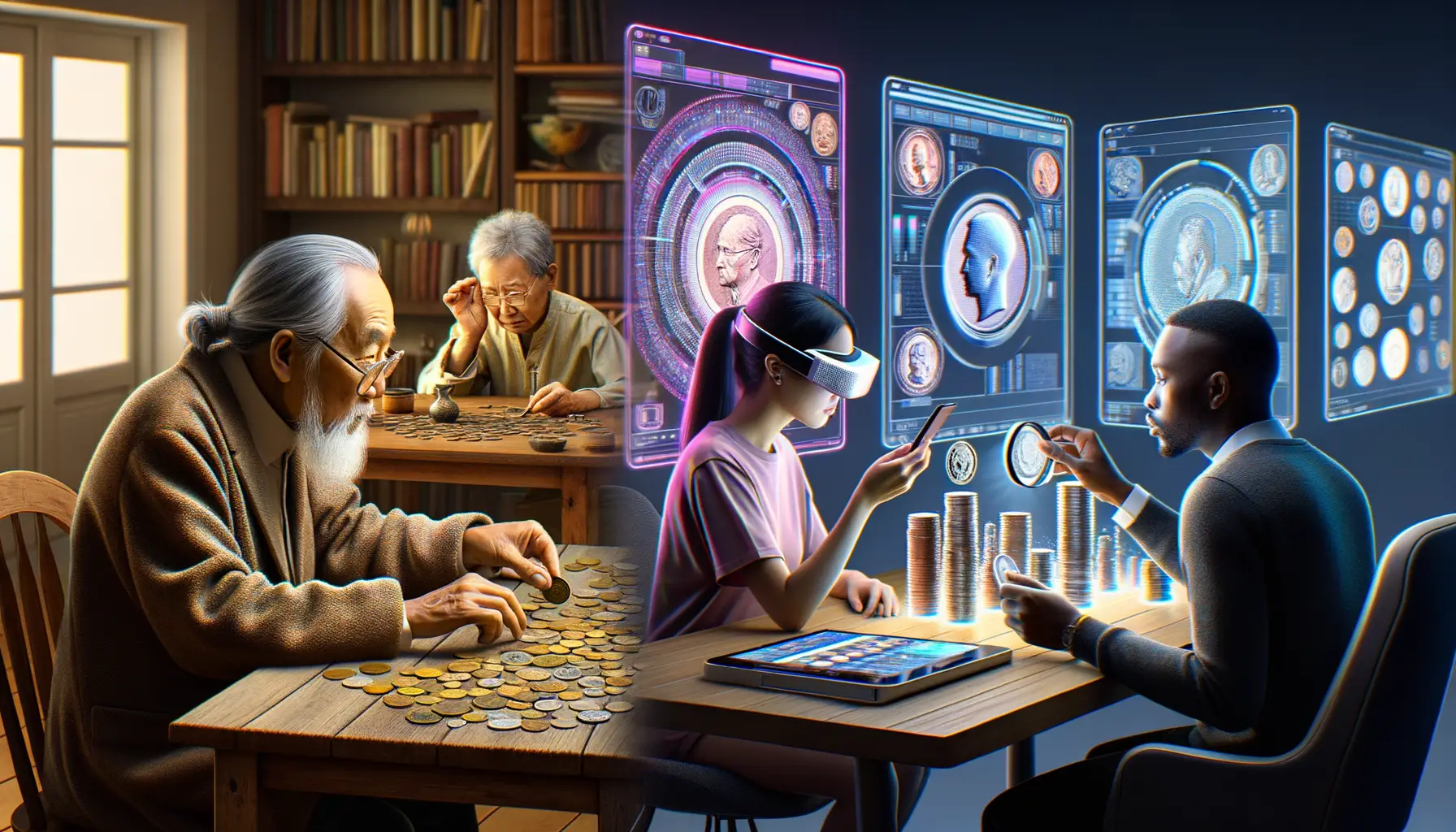
The Digital Horizon: Coins in the Age of Technology
Picture this—a coin collector in the year 2035, using augmented reality glasses to inspect a rare 19th-century coin as it spins in mid-air, each detail magnified and analyzed with precision. It may sound sci-fi, but technology is already reshaping the world of numismatics! Today’s shift toward blockchain-based authentication ensures that collectors can verify a coin’s lineage in seconds, eliminating any shadow of doubt about counterfeits.
What’s more, the rise of online platforms has turned what was once a solitary hobby into a global community. Collectors are now swapping treasures across continents without leaving their living rooms. Algorithms match enthusiasts with their dream coins, creating a Tinder-like experience for your collection. Trust me, the buzz of “swiping right” on a Roman denarius? It’s electrifying.
- Digital auctions that feel as adrenaline-packed as Wall Street.
- Fractional ownership of ultra-rare coins powered by NFTs (because why own one when you can co-own history?).
A Changing World: New Themes, New Treasures
As the world evolves, so does the face of collectible coins—literally! Expect more modern coinage commemorating climate change milestones, global leaders, or even virtual events like the first-ever Metaverse conference. These coins are time capsules of our ever-changing human story.
The surge in sustainability also casts a long shadow. Eco-conscious collectors lean towards acquiring ethically-sourced materials and environmentally-friendly mints. Not to mention, younger generations, raised on Marvel movies and gaming culture, are already clamoring for pop-culture-inspired coins featuring their favorite superheroes or video game characters.
Strikingly, geopolitical shifts—think newly formed nations or political upheavals—are birthing entirely new categories of collectibles. It’s not just history you’re holding in your hand; it’s the pulse of the present. What next? Perhaps coins embedded with microchips, storing their own historical narratives. Imagine hearing a coin’s “voice” tell its centuries-old journey! Coin collecting isn’t just surviving—it’s thriving, reinventing itself at every turn.

